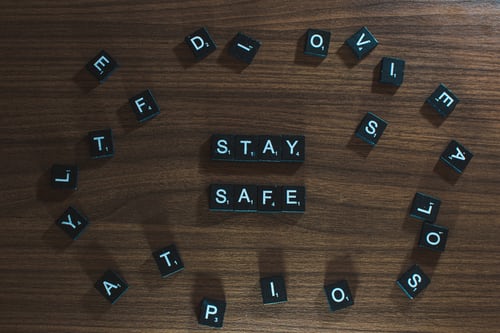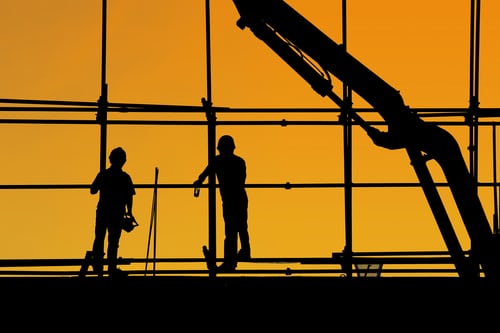Have you ever wondered why there are people who get lung cancer even if they are nonsmokers? Aside from second-hand smoking, other factors can lead to this disease. The worst thing about it is you cannot see, touch, or even smell it. This invisible enemy that can damage your lungs and affect your healthy body is radon, one of the radioactive gases. The World Health Organization considered radon as the second leading cause of lung cancer; that’s why people need to be careful about it. In this article, learn more about the health concerns of radon and what preventive measures you can do at home to avoid this cancer-causing gas.
What Radon Can Do to Your Body
Some people lack understanding about the adverse effects of radon. They don’t know how dangerous this radioactive gas is. Know that radon is everywhere, it can be at your home, school, or even in the workplace. Some areas might have high radon levels, while others might have small traces of it. That’s why radon testing is necessary because it helps you identify the radon levels in the places you have tested for this gas. Suppose there are high radon levels; what can it do to your body?
According to a 2019 study, Health Effects of Radon Exposure, it is scientifically proven that radon exposure can cause lung cancer. That’s why mass media and related experts need to communicate accurate information to the general public. This way, people will have access to the necessary information they need to combat the cancer-causing gas.
Even the United States Environmental Protection Agency states that although radon is the second-leading cause of lung cancer, it is the number one cause among nonsmokers. It has been responsible for about 21,000 lung cancer deaths every year, and almost 3,000 of these deaths occur among people who have never smoked in their lives. To advise the general public on the health concerns of radonm health experts have issued a national health advisory on this radioactive gas.
Why Radon is More Dangerous to Smokers
Smokers have a high risk of lung cancer and make the risk higher when exposed to high radon levels. According to the EPA, this is because of the synergistic effects of radon and smoking. For instance, about 62 people in a 1,000 will die of lung cancer, compared to 7.3 people in 1,000 for never smokers. But a person who never smoked who is exposed to 1.3 pCi/L has a 2 in 1,000 chance of lung cancer. On the other hand, a smoker has a 20 in 1,000 chance of dying from lung cancer.
Radon Reduction Techniques
Suppose you have conducted radon testing and you found out that there are high radon levels in your home; here are some radon reduction techniques to consider:
1. Crack sealing – When you seal the cracks, you limit the flow of radon into your home, which makes other radon reduction techniques more effective and cost-efficient.
2. House or room pressurization – This method requires a fan to blow air into the basement or living area. Doing so creates enough pressure at the lowest level indoors.
3. HRV – A heat recovery ventilator, also known as the air-to-air heat exchanger, can increase ventilation, reducing the radon levels in your home.
4. Natural ventilation – You may open your windows, doors, and vents on the lower floors to increase the ventilation in your home.
Radon is a harmful radioactive gas that takes the lives of many people, both smokers, and nonsmokers. If you want to lower your risks of lung cancer and avoid the other health concerns of radon, you need to act immediately and ensure that your home is free from this cancer-causing gas. You may follow the radon reduction techniques mentioned here or hire a professional radon contractor to help you.














